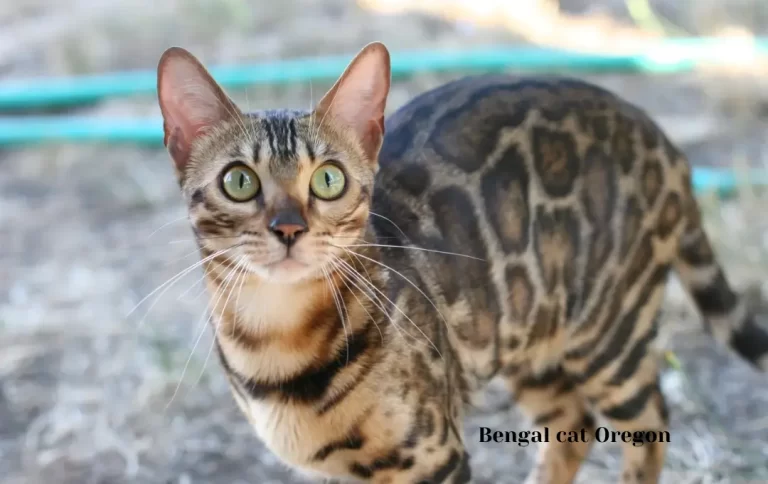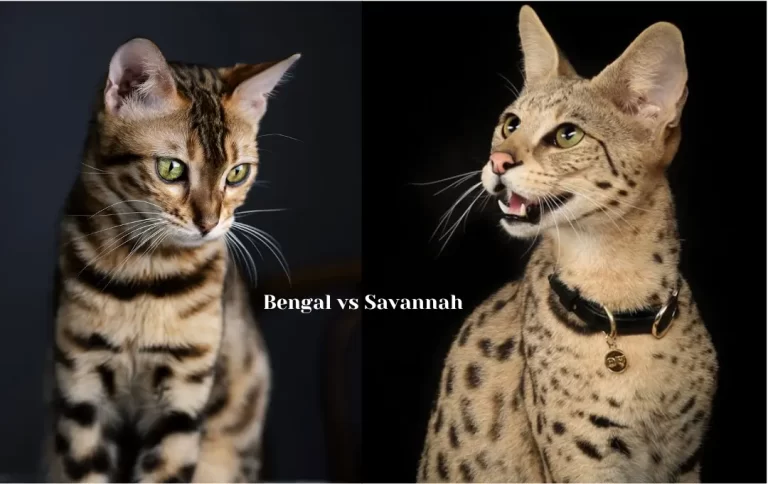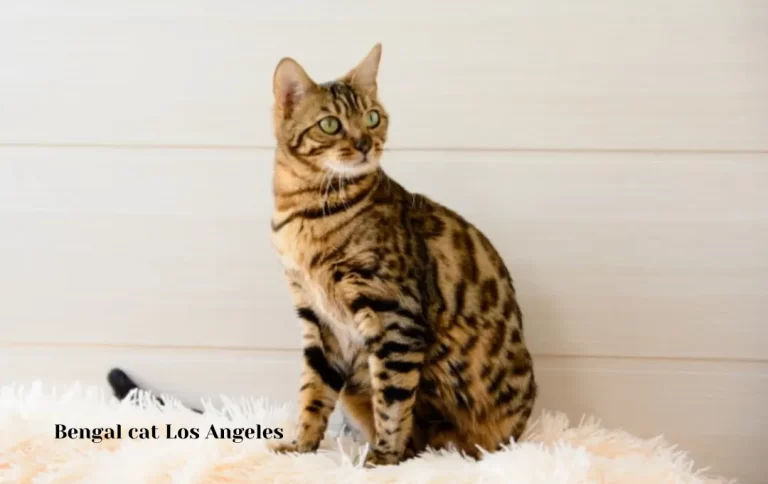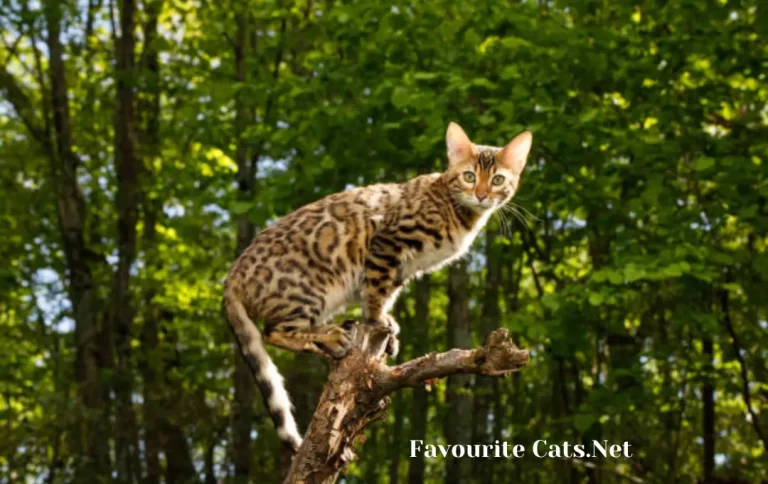Reasonable orange Persian cat price 2023 | Orange Persian Cat: Facts, Genetics & FAQs
The allure of the Persian cat is undeniable, with its luxurious coat, distinctive appearance, and calm demeanor. Among the various color variations available, the orange Persian cat stands out as a symbol of warmth and charm. However, as with any sought-after breed, the price of an orange Persian cat can vary significantly. In this comprehensive guide, we will delve into the factors that influence the orange Persian cat price of these feline companions, explore the breed’s characteristics, and provide insights for prospective owners.
Understanding the Orange Persian Cat:
Before delving into the price considerations, it’s essential to understand the characteristics of the orange Persian cat. Known for its long, flowing coat, flat-faced appearance, and large, expressive eyes, the Persian cat is a breed with distinct charm. The orange coloration, often referred to as “red” within the feline community, adds a unique and vibrant element to the Persian cat’s overall appeal.
Persian cats, in general, are known for their docile temperament, making them well-suited for indoor living. Their grooming needs are significant due to their long coats, requiring regular brushing to prevent matting and tangles. The orange Persian cat inherits these characteristics, making it a delightful companion for those willing to invest time and effort in grooming.
Factors Influencing Orange Persian Cat Prices:
Pedigree and Bloodline:
The pedigree of a Persian cat plays a crucial role in determining its price. Cats from reputable breeders with documented pedigrees and strong bloodlines are often more expensive. The lineage can influence not only the cat’s appearance but also its health and temperament.
Breeder Reputation:
Reputable breeders, with a history of ethical practices and a commitment to the well-being of their animals, tend to charge higher prices for their cats. Buyers often opt for breeders with positive reviews and a transparent approach to breeding.
Color Intensity and Markings:
The intensity of the orange coloration and the distinctiveness of markings can affect the cat’s price. Cats with vivid, deep orange hues and well-defined patterns are often more sought after, commanding a higher price in the market.
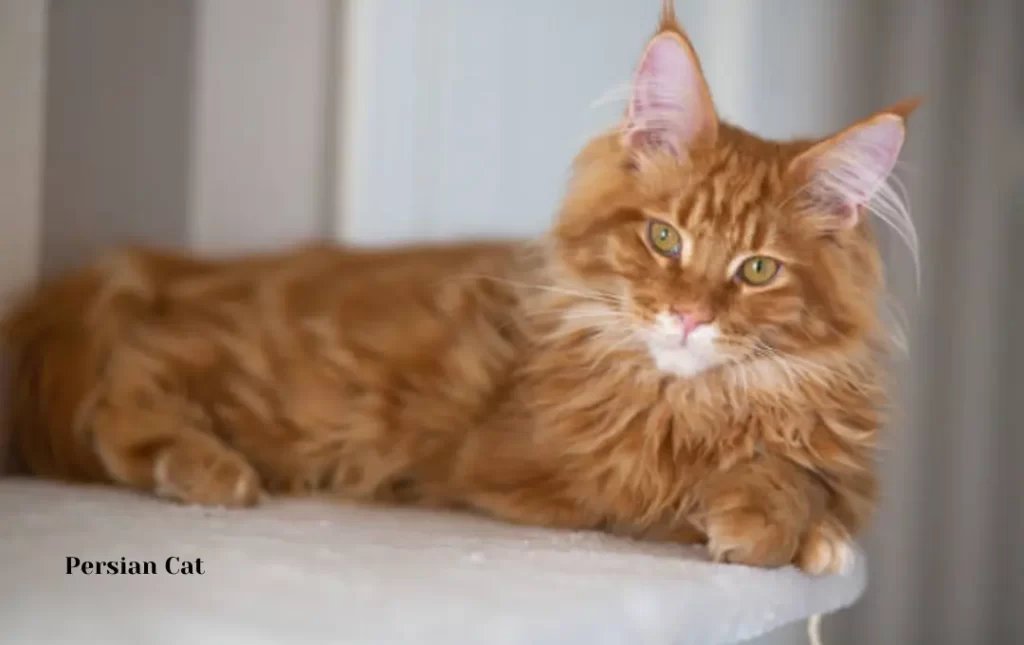
Health and Vaccination Records:
A comprehensive health history, including vaccination records and screenings for common feline health issues, can impact the cat’s price. Buyers often prefer cats with a clean bill of health to avoid potential veterinary expenses in the future.
Age of the Cat:
The age of the cat can influence its price. Kittens are typically more expensive than older cats, as they are in high demand and have a longer potential lifespan with their new owners.
Geographic Location:
Prices can vary based on geographic location. In areas with a higher demand for Persian cats, prices may be elevated. Additionally, transportation costs for bringing the cat to its new home can contribute to the overall expense.
Average Prices and Market Trends:
Kitten Prices:
On average, orange Persian kittens can range from $800 to $3,000 or more. The price often includes initial vaccinations, a health checkup, and sometimes a starter kit with essential supplies.
Adult Cat Prices:
Adult orange Persian cats may have a lower price range, starting from $500 and going up to $2,000. The cost is influenced by factors such as the cat’s age, health, and breeding history.
Show-Quality Cats:
Show-quality orange Persian cats, with exceptional conformation to breed standards, can command prices on the higher end of the spectrum, reaching $5,000 or more.
Responsible Ownership and Considerations:
Grooming Commitment:
Prospective owners should be prepared for the grooming demands of an orange Persian cat. Regular brushing is essential to maintain the coat’s health and prevent discomfort for the cat.
Healthcare Expenses:
While reputable breeders strive to provide healthy cats, it’s essential for owners to be prepared for potential veterinary expenses. Regular check-ups, vaccinations, and preventive care are crucial for the well-being of the cat.
Indoor Living:
Persian cats, including the orange variety, are best suited for indoor living due to their long coats and potential health risks associated with outdoor exposure. Creating a safe and stimulating indoor environment is important for their happiness.
Socialization Needs:
Persian cats are known for their calm and gentle nature, but they still require social interaction and mental stimulation. Owners should dedicate time to play, companionship, and activities to keep their orange Persian cat content.
Choosing a Reputable Breeder:
Researching Breeders:
Conduct thorough research when selecting a breeder. Look for breeders with positive reviews, testimonials, and a transparent approach to their breeding practices. Reputable breeders prioritize the health and well-being of their cats over financial gain.
Visit the Cattery:
Whenever possible, visit the breeder’s cattery to assess the living conditions of the cats. A clean and well-maintained environment is indicative of responsible breeding practices. It also provides an opportunity to observe the cats’ behavior and socialization.
Ask Questions:
Don’t hesitate to ask the breeder questions about the cat’s lineage, health history, and any specific care requirements. A responsible breeder will be open and forthcoming with information to ensure the well-being of their cats.
Check Credentials:
Ensure that the breeder is affiliated with reputable cat breeding associations. Membership in organizations such as The International Cat Association (TICA) or the Cat Fanciers’ Association (CFA) can be an indicator of a breeder’s commitment to ethical breeding standards.
Additional Considerations for Prospective Owners:
Insurance Coverage:
Consider obtaining pet insurance to help cover potential veterinary expenses. Insurance can provide financial peace of mind and ensure that your orange Persian cat receives the best possible care throughout its life.
Introducing Existing Pets:
If you have other pets at home, consider the dynamics of introducing a new cat. Persian cats are generally adaptable, but a gradual and controlled introduction process can help prevent stress for both the new cat and existing pets.
Training and Enrichment:
While Persian cats are known for their calm demeanor, basic training and enrichment activities are beneficial. Positive reinforcement techniques can be used to encourage good behavior, and interactive toys can provide mental stimulation.
Regular Veterinary Care:
Schedule regular check-ups with a veterinarian to monitor your cat’s health and address any concerns promptly. Vaccinations, dental care, and preventive measures are essential components of responsible pet ownership.

What do you need to know before buying a Persian cat?
Before you buy a Persian cat, consider the following seven points:
Cost: The cost of these kitties is high.
Grooming: Persian cats need a great deal of attention and maintenance.
The breeder:…
Health problems:…
Time Spent:…
Cats indoors:…
fantastic with family
The Impact of Trends on Prices:
Color Trends:
Cat breed popularity can be influenced by color trends within the feline community. Changes in preferences for certain coat colors, patterns, or markings may affect the prices of orange Persian cats over time.
Breeding Practices:
Ongoing advancements in breeding techniques and genetics may also influence prices. Breeding practices that produce desirable traits, such as intense orange coloration or unique markings, can contribute to fluctuations in prices.
Adoption vs. Purchase:
Consider Adoption:
While purchasing a Persian cat from a breeder is a common practice, adoption is a compassionate alternative. Many orange Persian cats, along with other breeds, are available for adoption in shelters and rescue organizations. Adoption not only provides a loving home for a cat in need but also often comes at a lower cost compared to purchasing from a breeder.
Rescue Organizations:
Explore reputable rescue organizations that specialize in Persian cats. These organizations often ensure that their cats receive necessary veterinary care and are well-socialized before being placed in new homes. Adoption fees typically cover vaccinations, spaying/neutering, and other initial health procedures.
Potential Cost Savings:
Adopting an orange Persian cat can be a more cost-effective option, as adoption fees are generally lower than the prices set by breeders. Additionally, rescue organizations may provide discounts or special packages for adopters, making it an affordable and humane choice.
Care and Maintenance:
Grooming Tips:
Regular grooming is essential for the well-being of Persian cats. Develop a grooming routine that includes daily brushing to prevent matting and reduce shedding. Use cat-friendly grooming tools and consider professional grooming services for assistance.
Nutrition and Diet:
Provide a balanced and high-quality diet suitable for Persian cats. Consult with your veterinarian to determine the best food options, taking into consideration the cat’s age, weight, and any specific health considerations.
Health Monitoring:
Stay vigilant about your cat’s health by monitoring behavior, eating habits, and litter box patterns. Regular veterinary check-ups are crucial for addressing any potential health issues promptly.
Dental Care:
Dental health is vital for Persian cats, as they are prone to dental problems. Incorporate dental care into your routine, including tooth brushing and providing dental treats or toys.
Future Trends and Considerations:
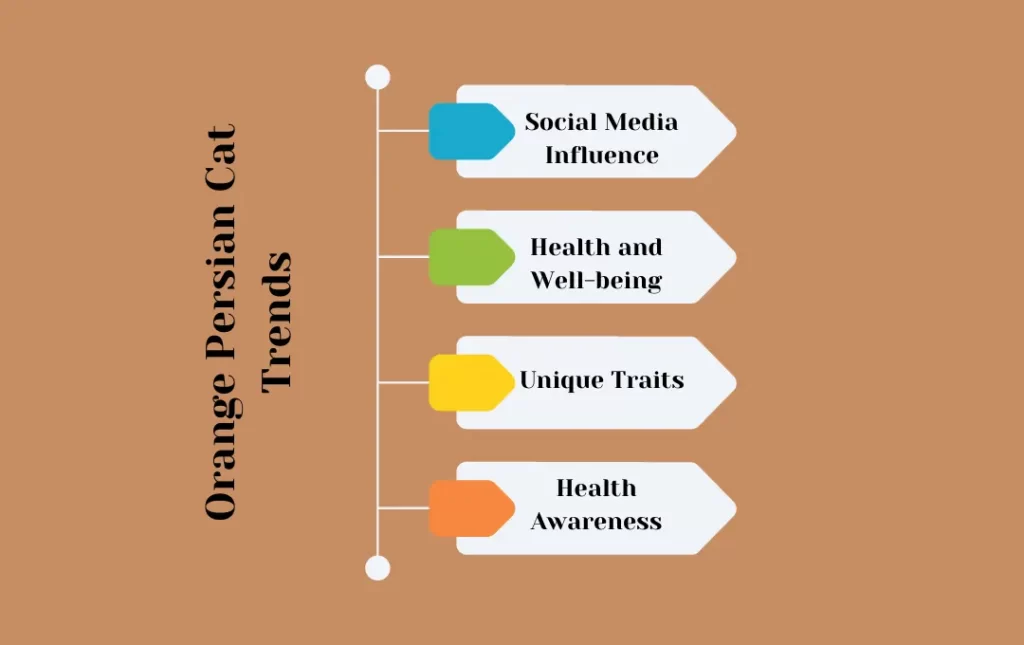
Genetic Advancements:
Advances in genetic research may influence the breeding practices and health of Persian cats. Stay informed about any developments in genetic testing that may contribute to the overall well-being of the breed.
Ethical Breeding Practices:
Increasing awareness of ethical breeding practices is likely to influence the market. Buyers may prioritize breeders who prioritize the health, temperament, and overall welfare of their cats.
Changing Preferences:
Feline enthusiasts may witness shifts in preferences for specific coat colors or patterns within the Persian cat breed. Staying attuned to these trends can provide insights into potential changes in prices.
Community and Support:
Joining Feline Communities:
Consider joining online forums, social media groups, or local cat clubs dedicated to Persian cats. These communities provide a platform to connect with other owners, share experiences, and seek advice on various aspects of Persian cat care.
Networking with Veterinarians:
Establish a good relationship with a veterinarian who has experience with Persian cats. Regular consultations and open communication with your vet can contribute to proactive health management and ensure that your cat receives the best possible care.
Attending Cat Shows:
Attend cat shows in your area to observe and learn more about Persian cats. These events offer opportunities to interact with breeders, judges, and fellow enthusiasts. You can gain valuable insights into breed standards, grooming techniques, and potential sources for acquiring or adopting a Persian cat.
Responsible Breeding Practices:
Breeder Ethics and Standards:
Support breeders who adhere to ethical standards and prioritize the health and well-being of their cats. Responsible breeders focus on breeding for the betterment of the breed, avoiding practices that contribute to health issues or genetic problems.
Avoiding Unethical Practices:
Be cautious of breeders who engage in unethical practices, such as excessive breeding or neglecting the health of their cats. Supporting responsible breeding practices helps promote the overall welfare of Persian cats and contributes to the sustainability of the breed.
Legal and Ethical Considerations:
Understanding Local Laws:
Familiarize yourself with local laws and regulations related to pet ownership, breeding, and sales. Ensure that any breeder you choose complies with these laws, as adherence to legal standards is indicative of responsible and ethical practices.
Spaying and Neutering:
If you are not planning to breed Persian cats, consider spaying or neutering your cat. This not only helps control the pet population but also contributes to your cat’s overall health and behavior.
Educating Others:
Take an active role in educating others about responsible pet ownership and breeding practices. Sharing knowledge within your community helps create awareness and supports a culture of responsible care for Persian cats and other feline companions.
Long-Term Commitment:
Lifetime Care:
Remember that bringing a Persian cat into your home is a long-term commitment. Persian cats, with proper care, can live well into their teens or even twenties. Ensure that you are prepared for the responsibilities and joys that come with caring for a cat throughout its lifetime.
Adapting to Changing Needs:
Be flexible in adapting to the changing needs of your cat as it ages. Older Persian cats may require adjustments in diet, grooming routines, and veterinary care to address age-related concerns.
Special Considerations for Persian Cats:
Eye Care:
Persian cats are known for their large, expressive eyes, but their facial structure can make them prone to tear staining. Regular cleaning of the eyes can help prevent staining and potential eye infections. Consult with your veterinarian for advice on proper eye care.

Respiratory Health:
Persian cats, with their flat faces, are susceptible to respiratory issues. Keep an eye on their breathing, and be cautious in environments with excessive dust or allergens. Regular veterinary check-ups can help monitor respiratory health and address any concerns.
Temperature Sensitivity:
Due to their long coats, Persian cats can be sensitive to extreme temperatures. Ensure a comfortable and climate-controlled environment for your cat, especially during hot or cold weather.
Interactive Play:
Persian cats, while generally calm, still benefit from interactive play. Engage in play sessions to stimulate their physical and mental well-being. Toys that encourage exercise and mental engagement are particularly beneficial.
Unique Personalities:
Affectionate Companions:
Persian cats are known for their affectionate and gentle nature. They often form strong bonds with their owners, seeking companionship and enjoying quiet moments together. Be prepared to reciprocate their affection and provide the attention they crave.
Quiet Demeanor:
Persian cats are generally not as vocal as some other breeds. Their quiet demeanor makes them well-suited for apartment living or households where a more tranquil atmosphere is preferred.
Individual Variations:
While Persian cats share common breed characteristics, individual variations in personality are normal. Some may be more outgoing and playful, while others may exhibit a more reserved nature. Spend time getting to know your cat’s unique personality and adjust your interactions accordingly.
Emerging Trends in Feline Well-being:
Holistic Care:
There is a growing interest in holistic approaches to pet care, including natural and alternative therapies. Explore options such as herbal supplements, acupuncture, or specialized diets, but always consult with your veterinarian before implementing any changes to your cat’s care routine.
Technology Integration:
Advancements in technology are influencing pet care, with the emergence of smart devices, tracking apps, and telemedicine options for veterinary consultations. Stay informed about these developments to enhance your cat’s well-being through innovative and convenient solutions.
Nurturing the Human-Animal Bond:
Quality Time Together:
Dedicate quality time to bond with your Persian cat. Whether through grooming sessions, playtime, or simply relaxing together, these moments strengthen the human-animal bond and contribute to the overall happiness of both you and your feline companion.
Understanding Non-Verbal Cues:
Persian cats, like all cats, communicate through body language. Pay attention to your cat’s non-verbal cues to understand their moods, preferences, and needs. This heightened awareness fosters a deeper connection between you and your furry friend.
Frequently Asked Questions
Conclusion
In conclusion, the orange Persian cat price is influenced by various factors, including pedigree, breeder reputation, color intensity, and geographic location. Prospective owners should carefully consider these factors and be prepared for the responsibilities that come with owning a Persian cat. While the initial cost may seem significant, the companionship and joy that these charming felines bring to a household are often immeasurable. Whether you choose to adopt from a shelter or purchase from a breeder, the love and loyalty of an orange Persian cat make the investment worthwhile for those committed to responsible pet ownership.


